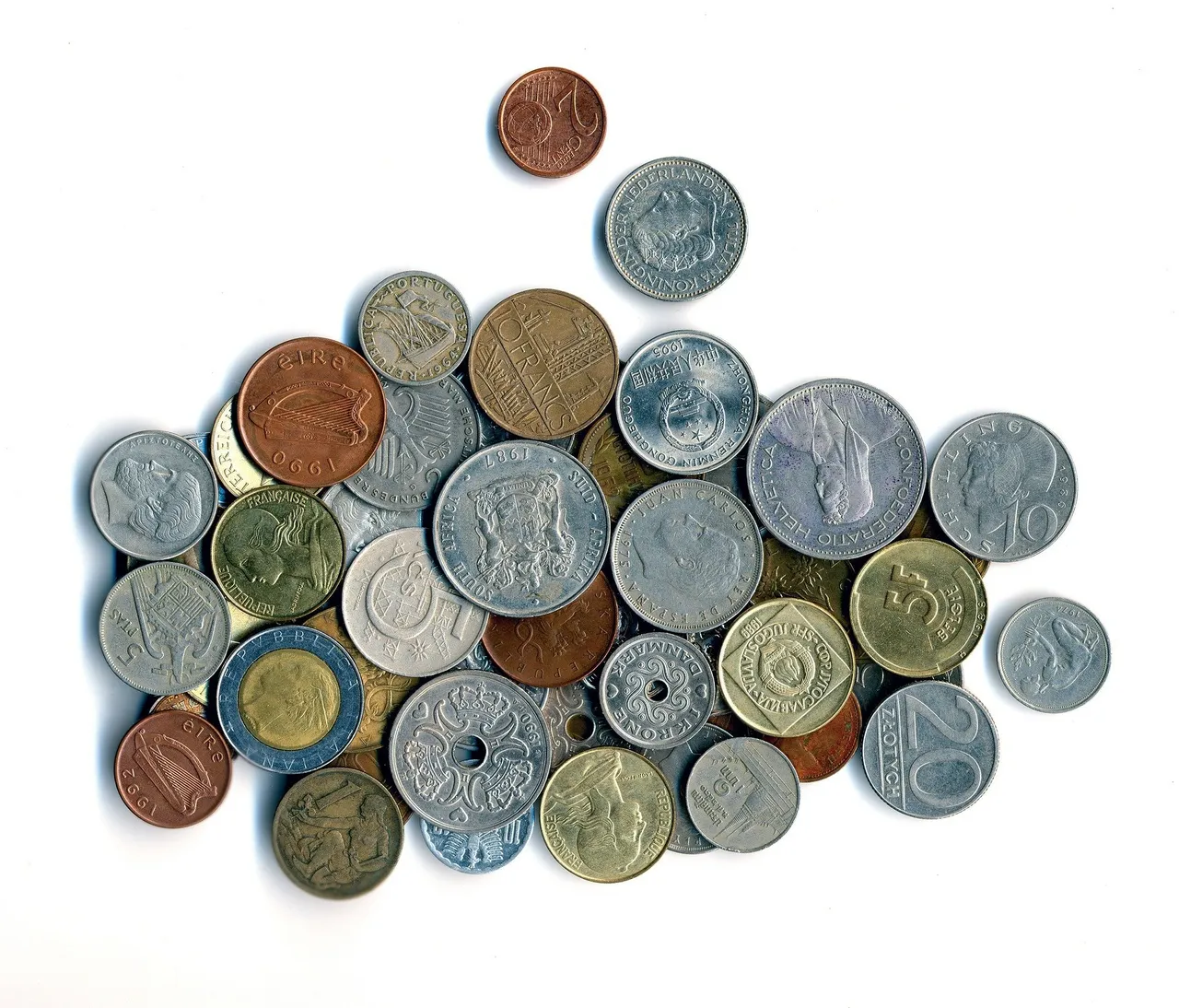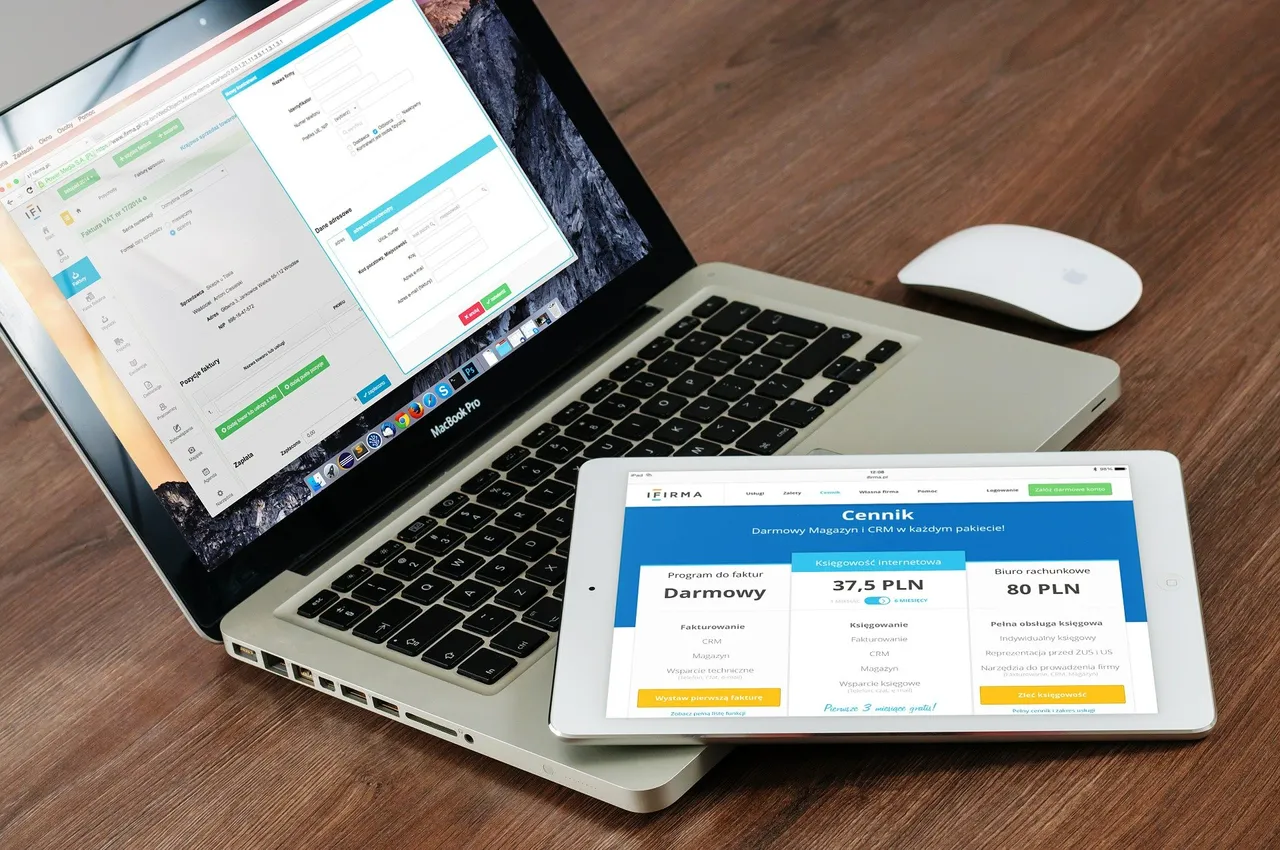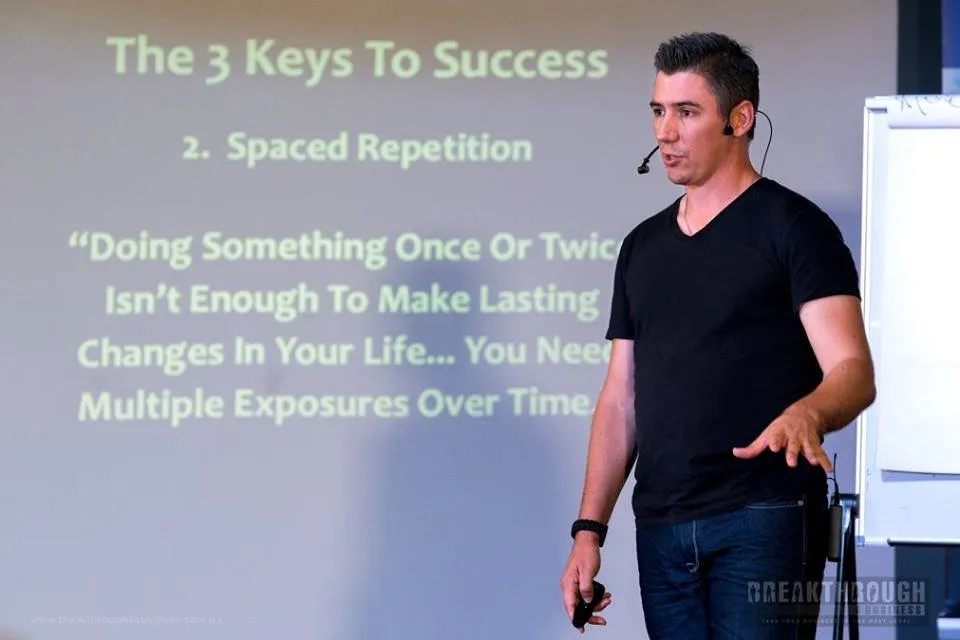I grew up in a middle-class family.
My parents worked their butts off to provide for me and my two brothers.
And they did their best to teach me “the value of hard work” and “the value of a dollar.”
Unfortunately, something else I learned indirectly was the concept, “You have to work hard to make money”.
In my adult life, I’ve thoroughly disproved that for myself.
My wife Alexandra and I have been fortunate enough to build quite a few successful businesses.
Right now we’re selling one of those companies for triple what we bought it for just twelve months ago, after having grown it from roughly eighty-thousand dollars per year to between twenty-five to thirty thousand dollars per month.
So I’m confident I’m not operating from that old money mindset any longer.
And now that I’m a father, I want to make sure I pass on my new beliefs about work, money, saving and investing to my amazing children.
Luckily for us, I have a strong background in hypnosis and a passionate interest in behavioral psychology, influence and persuasion. (Here’s a post I wrote on the extremely persuasive “four power words”).
Enter: The Monkey Muffin.

In 2010 our daughter Emilia was born. She’s now a wonderful, inquisitive six year-old, hell-bent on becoming a scientist and completely obsessed with all things space.
In other words, she’s freaking awesome.
Ever since she was about two years old, Alexandra and I have made a very specific effort to equip her with the kind of mindset that will allow her to:
(a) Make a lot of money easily,
(b) Enjoy her money, and
(c) Understand at a deep level that money is not the most important thing in life.
Here’s the step-by-step process we’ve used to guide her thoughts, values, beliefs and habits around money.
1. Who Do You Pay First?

We’ve all heard this advice.
It makes sense.
And yet, almost no-one actually does it.
So I figured that was belief numero uno to help Emilia install.
Here’s how we did it:
Every time we’d break a note, there are almost certainly some notes and coins coming back at us in the form of change. The notes go back in our pockets… and the coins go to Emilia.
First, we’d ask her if she wanted the money.
Of course, the answer was yes ;-)
As we held out the money to her, we’d ask this simple question:
“Who do you pay first?”
In the beginning she obviously had no idea. She was two years old. So we explained that she must pay herself first, because she’s valuable and she deserves it.
The game became that we would ask the question, then Emilia would enthusiastically shout, “Emilia!” and we’d hand her the coins.
Next we’d take that money to her moneybox where she’d deposit most of it, and we’d let her keep a small denomination coin or two out… to play with.
Why play?
Because most people treat money too seriously.
It must be managed wisely – that much is true.
But it’s also true that if you let its importance control your life, you’ll end up miserable. We wanted her to know from a young age that money should be enjoyed.
2. What Do We Do With Our Money?

After a few weeks of the “Who do you pay first?” game, we added a next step.
The ritual was the same. We’d ask the question, she’d shout her name, then we’d deposit the coins in her moneybox.
The difference now is that just as she’s about to drop the coins into the moneybox, we’d ask:
“What do we do with our money?”
Again… no idea.
Her answers ranged from “buy stuff” to “give it away” and even on occasion, “eat it”.
Our answer was (and still is)… Invest.
Again, we had to explain what “invest” meant.
Simply put, we taught her that to invest is to use your money to make you more money.
So now every time she goes to drop coins in the moneybox, she answers the question “What do we do with our money?” with the answer – Invest.
3. What Do We Invest In?

So far, so good.
Emilia knows she has to pay herself first.
She also knows that she should invest her money.
The next logical question is what to invest in.
To keep it simple, we’d add one new example of an investment per month, and she had to tell us the entire list before we’d let her deposit the coins in the moneybox.
Your list can be whatever you deem a good investment.
Our list was simple:
- Gold and silver.
- Businesses.
- Property.
So over the course of roughly four months, we created a fun, little game by which our gorgeous daughter learned what to do with her money.
Now that she’s six, and we’re travelling the world together (see my first post on our adventures in Vietnam here), we’re currently teaching her about business.
When she has an idea she feels passionately about, we plan to help her start her own small, part-time business so she can learn the ropes of being her own boss, and the joys of being in control of how you spend your time.
Apart from running multiple businesses ourselves, for years I’ve mentored other business owners in LEAP: the Lifestyle Entrepreneur Accelerator Program.
I’ve taught thousands of people the ins-and-outs of attracting high-quality prospects, consistently converting them into high-paying clients, and delivering massive value so you keep those clients long-term.
If you have kids, and you found this useful, or you have an awesome tip on building a healthy money mindset from a young age, I’d love to chat with you in the comments!


Hi, I'm Nick.
When I was 13 a friend gave me a book on body language, and my obsession with understanding (and influencing) people was born. It's lead me to the heights of entrepreneurial success, the lows of depression, finding and marrying my dream girl, meeting my heroes, travelling the world, writing my book 7 Minute Mindset, smashing most of my life goals before I was 30, and now to writing here on Steemit. You can find my intro and verification post here.